Remains of human sacrifice victim found by UK archaeologists
"The young woman was found lying face down on top of a crescent shaped arrangement of animal bone at the bottom of a pit, so it looks like she was killed as part of an offering,” said Dr. Smith
The 2000-year-old remains, believed to be of a woman in her late 20s, were discovered by an archaeological team in Dorset, England.
Having the remains extensively studied and published the findings in the peer-reviewed Antiquities Journal, researchers identified the woman as having a stab wound in her neck and an injury to one of her ribs.
The researchers believe that the damage to her rib came only weeks before she was stabbed.
It was based on these injuries that researchers have now theorized that the woman had been a human sacrifice.
Iron Age Britain may have used human sacrifices in ritualist ceremonies, however limited evidence has been found until now.
“In the other burials we have found, the deceased people appear to have been carefully positioned in the pit and treated with respect, but this poor woman hasn’t,” explained Dr Martin Smith, Associate Professor in Forensic and Biological Anthropology at Bournemouth University. “We have also previously found ceramic pots and remains of joints of meat next to human remains, which we believe are offerings for the afterlife. This was nothing like that. The young woman was found lying face down on top of a strange, deliberately constructed crescent shaped arrangement of animal bone at the bottom of a pit, so it looks like she was killed as part of an offering.”
Bones of the lumbar spine of Sk-04, showing degenerative changes in the form of marginal osteophytes (a) and (b) Schmorl’s nodes (focal necrotic destruction caused by herniated intervertebral discs). Photograph: © Bournemouth University.
What else is known about the woman?
The researchers noticed, despite her young age, that the woman had significant degeneration of her spine and signs of arthritis. Additionally, she had damage to some of the discs between her vertebrae. It is believed that she sustained these injuries through hard labor, as further supported by well-developed muscle attachments.
“All the significant facts we have found such as the problems with her spine, her tough working life, the major injury to her rib, the fact she could have come from elsewhere, and the way she was buried could be explained away in isolation,” Dr Smith said.
“But when you put them all together with her deposition face down on a platform of animal bone, the most plausible conclusion is that she has been the victim of a ritual killing. And of course, we found a large cut mark on her neck which could be the smoking gun,” he added.
“The burials that get the most attention tend to be those of higher status, privileged people,” Dr Smith explained. “However, being able to humanise the story of this woman’s life has given us a valuable glimpse into the other side of Iron Age society. Behind every ancient burial we find is someone's story waiting to be told.”
THIS PAGE WAS POSTED BY SPUTNIK ONE OF THE SPUTNIKS ORBIT BLOG HTTPS://DISQUS.COM/HOME/FORUM/THESPUTNIKSORBIT-BLOGSPOT-COM/
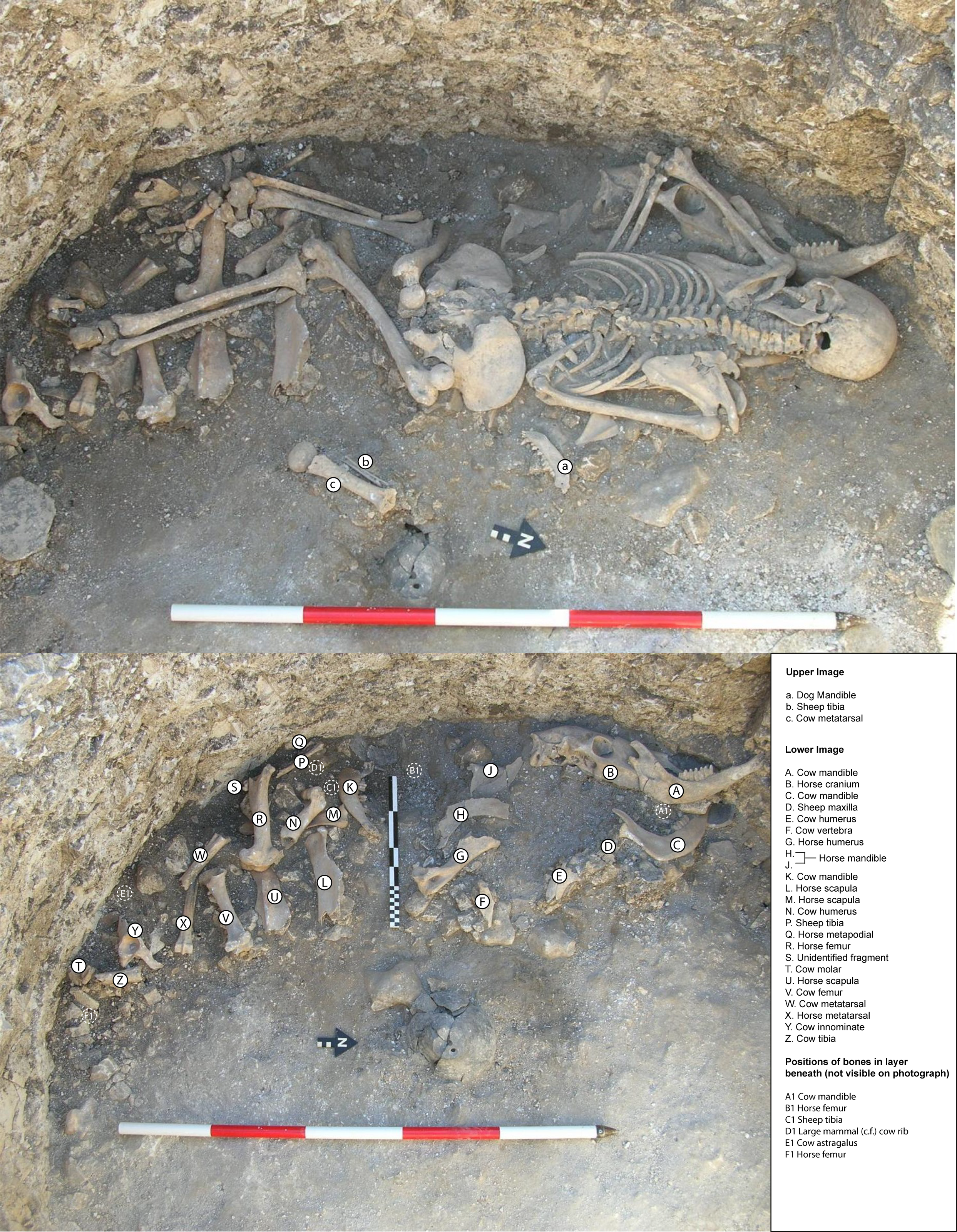
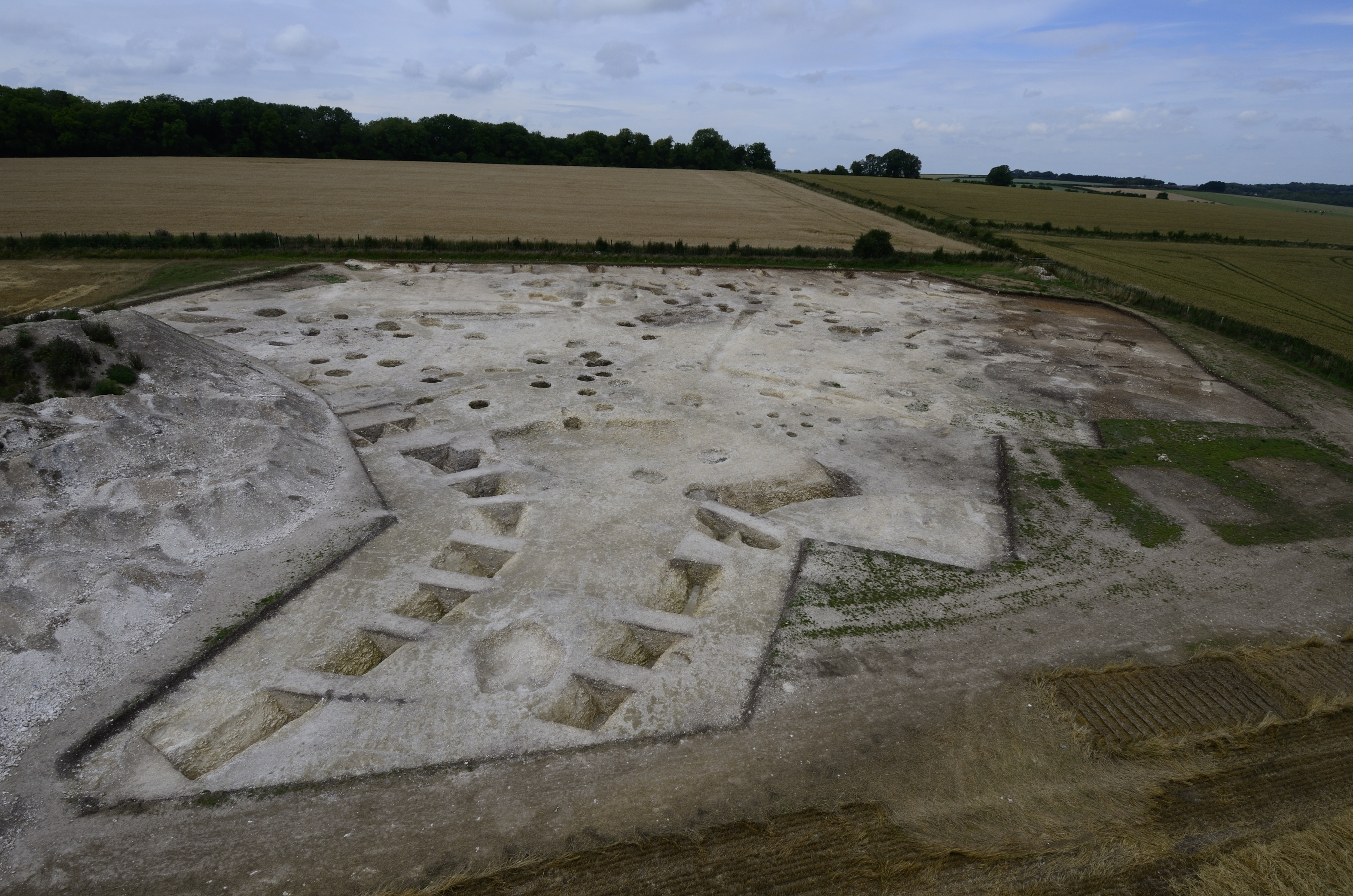
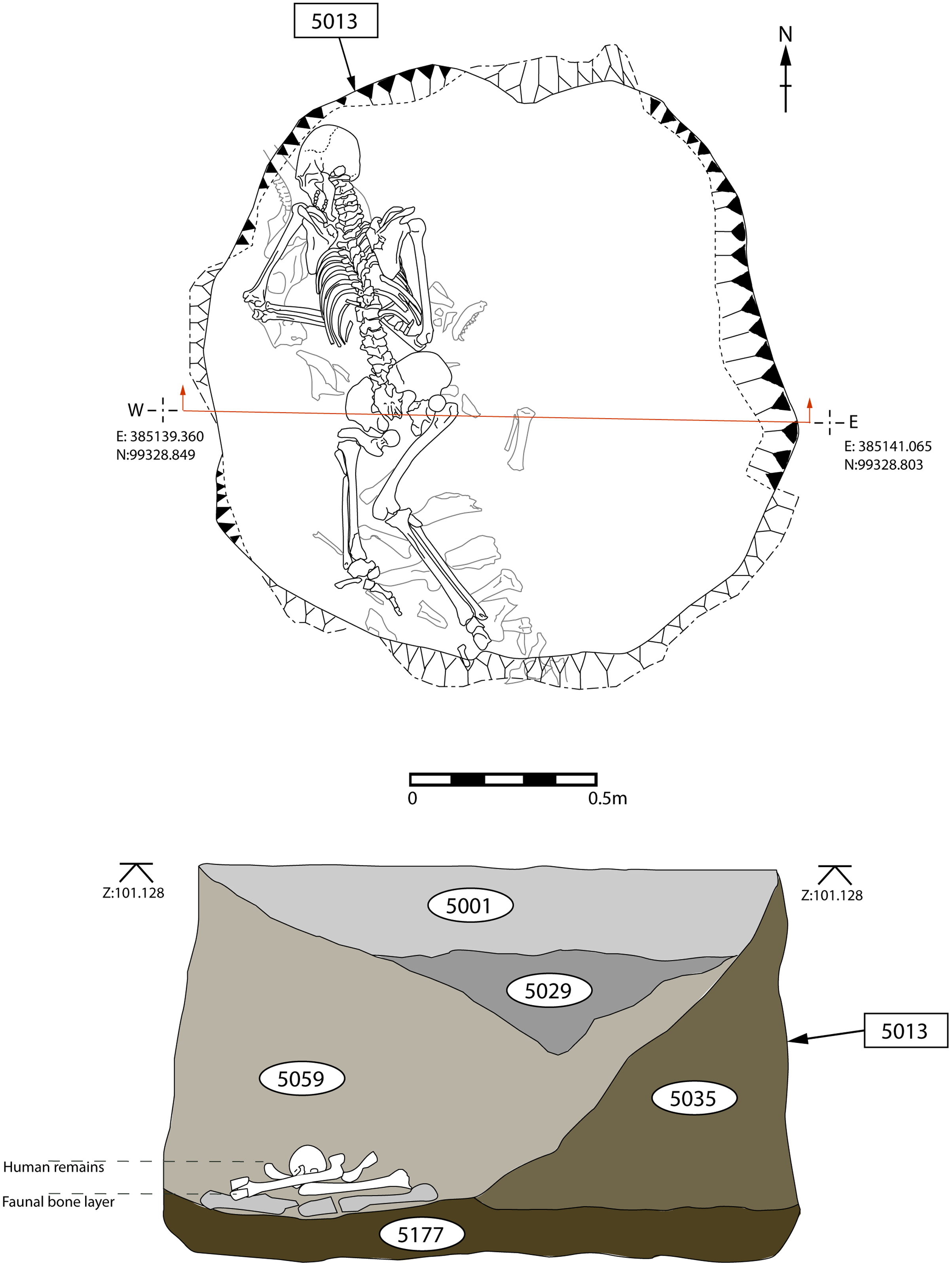
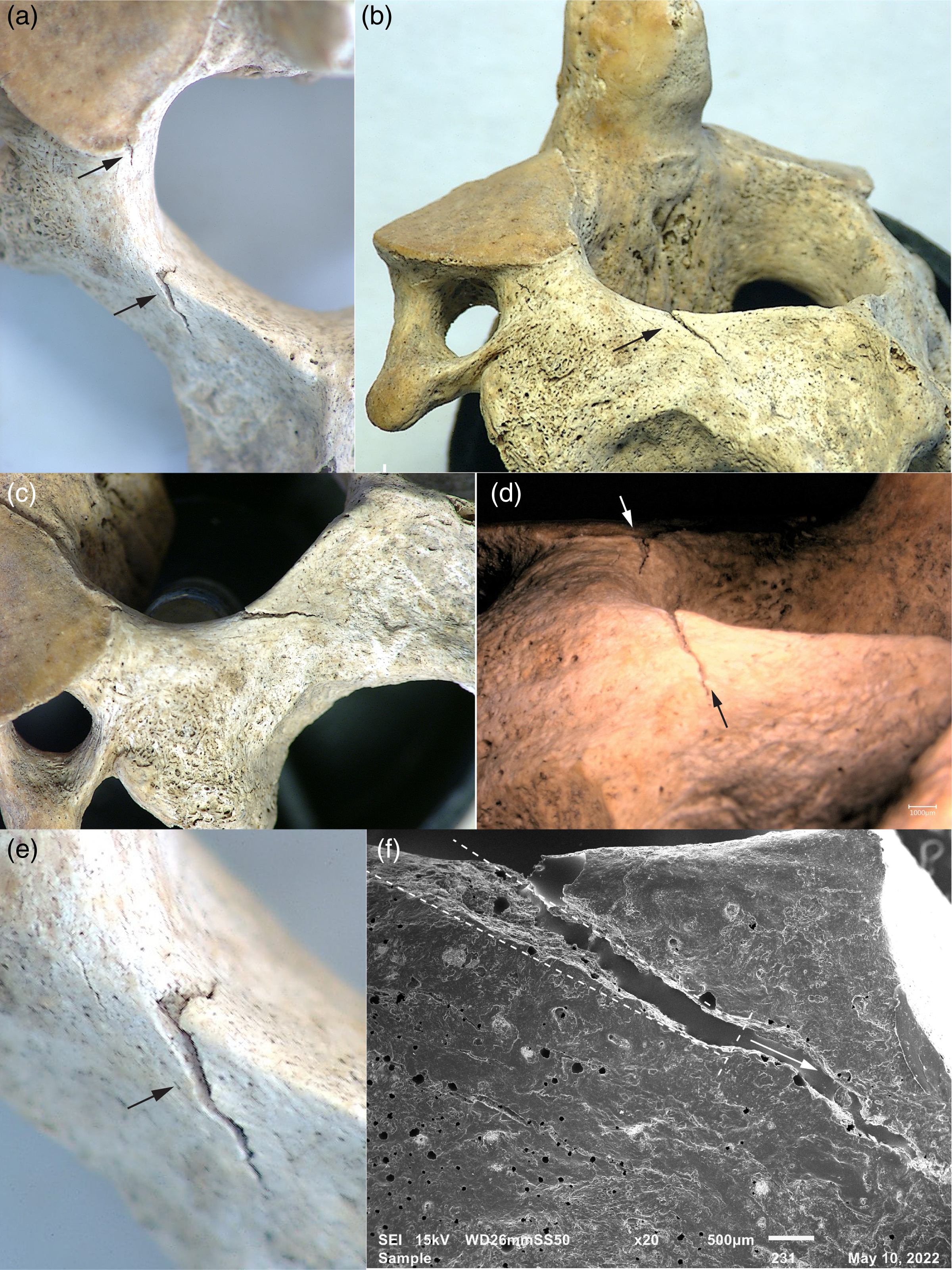
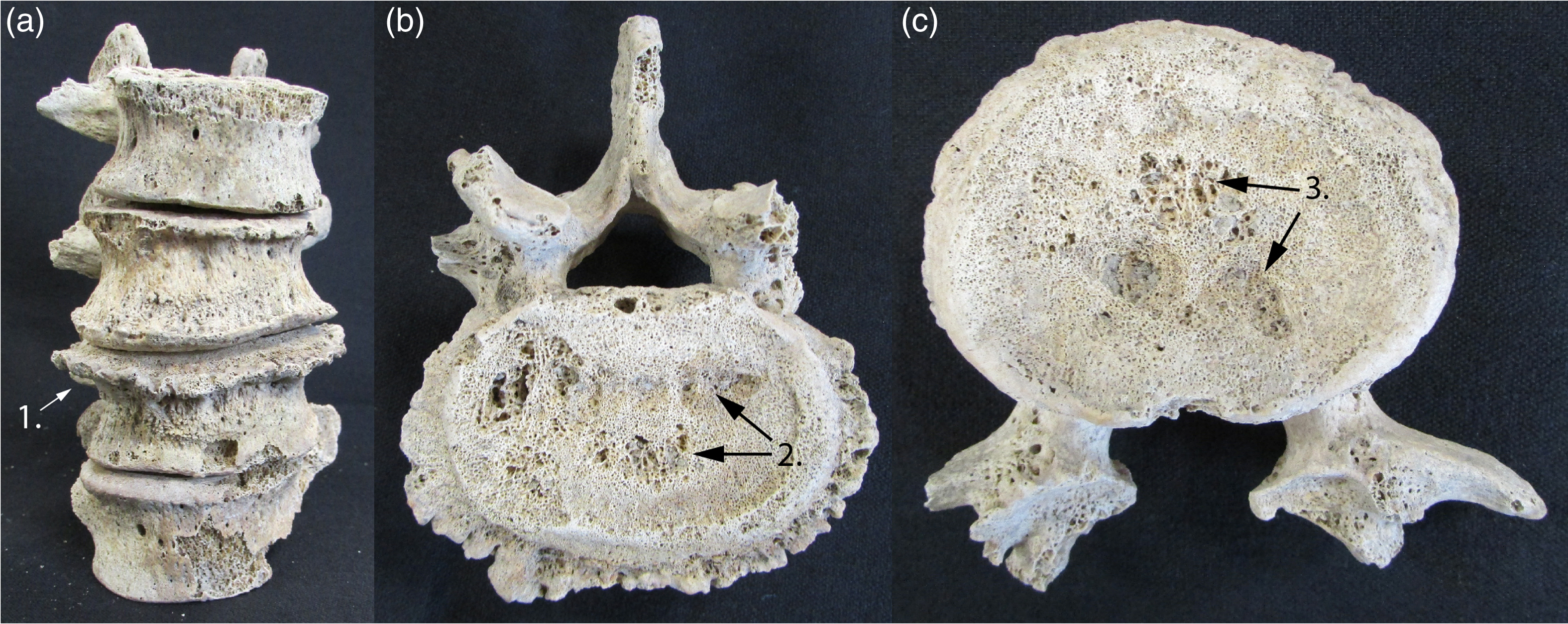

No comments:
Post a Comment
Stick to the subject, NO religion, or Party politics